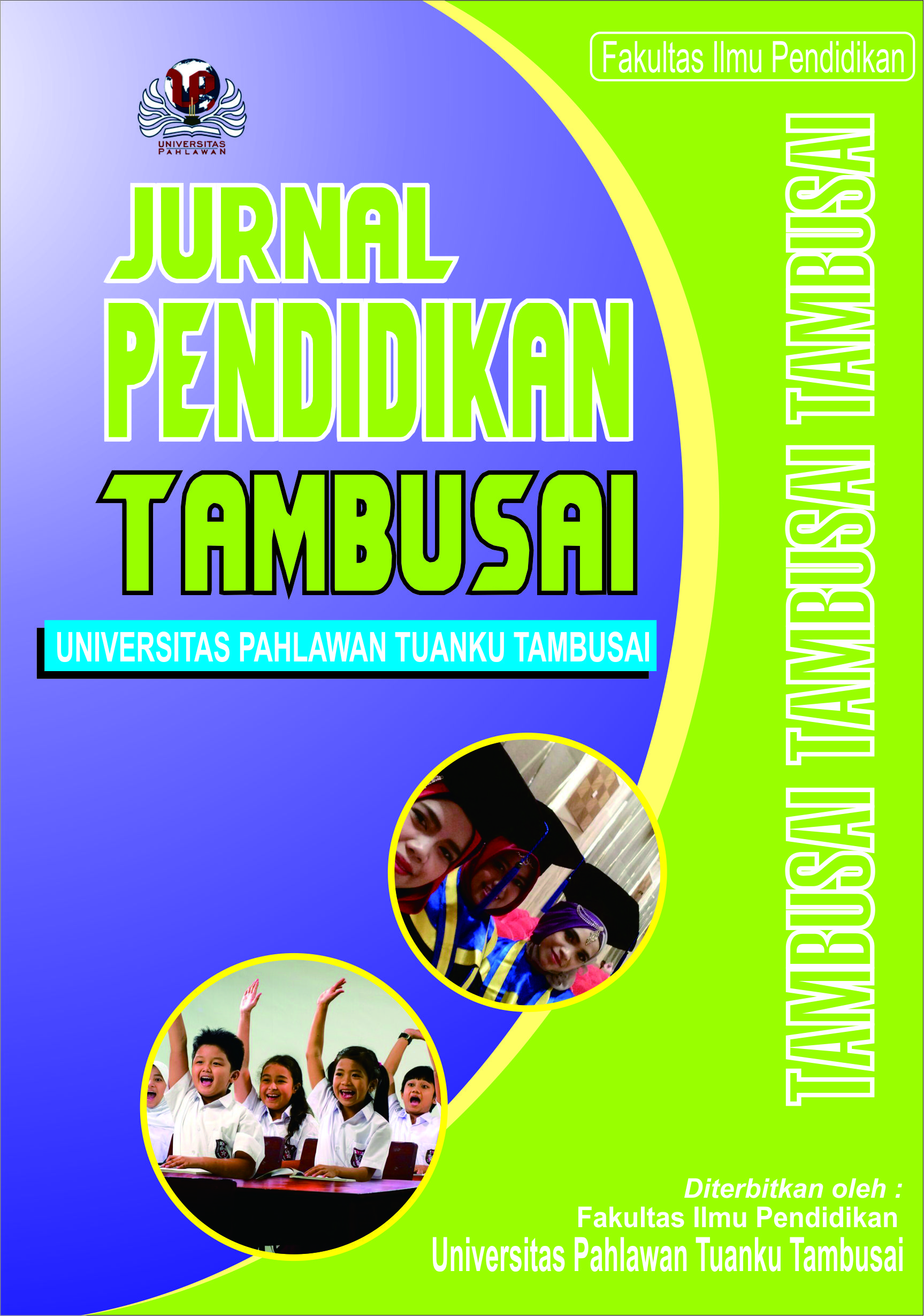Penerapan Metode Linear Programming untuk Memaksimalkan Hasil Produksi dan Keuntungan (Studi Kasus Dimooy Konveksi dan Sablon)
Keywords:
Memaksimalkan Keuntungan, Mengoptimalkan Produksi, Program LinearAbstract
Permasalahan yang dihadapi oleh dimooy konveksi dengan brand youth culture club adalah keterbatasan sumber daya untuk memproduksi produknya. Tidak ada standar perencanaan produksi dalam konveksi dan sablon karena sistem produksi di perusahaan ini mengikuti sumber daya yang ada sehingga proses produksi tidak akan optimal dan keuntungan yang diperoleh tidak akan maksimal. Dengan permasalahan yang ada, peneliti memecahkan masalah ini dengan menggunakan metode pemrograman linier dengan bantuan aplikasi POM-QM untuk windows. Dan dapatkan hasil X1 = 61 pcs X2 = 34 pcs dan sisa kain 5.700 gram dengan keuntungan Rp 2.959.231. Dari hasil tersebut, dapat digambarkan bahwa Dimooy Convection dapat memproduksi kaos dari artikel klub budaya remaja sebanyak 61 pcs kaos biasa dan 34 kaos oversize dengan keuntungan untuk kaos reguler sebesar Rp 29.000 X 61 pcs = Rp 1.769.000, sedangkan keuntungan untuk kaos oversize sebesar Rp 35.000 X 34 = Rp 1.190.000. Jadi total keuntungan youth culture club sebesar Rp 1.769.000 + Rp 1.190.000 = IDR 2.959.231.
Downloads
Published
How to Cite
Issue
Section
Citation Check
License
Copyright (c) 2024 Prasetyo Hadi Prayogo

This work is licensed under a Creative Commons Attribution-ShareAlike 4.0 International License.
Authors who publish with this journal agree to the following terms:
- Authors retain copyright and grant the journal right of first publication with the work simultaneously licensed under a Creative Commons Attribution License that allows others to share the work with an acknowledgement of the work’s authorship and initial publication in this journal.
- Authors are able to enter into separate, additional contractual arrangements for the non-exclusive distribution of the journal’s published version of the work (e.g., post it to an institutional repository or publish it in a book), with an acknowledgement of its initial publication in this journal.
- Authors are permitted and encouraged to post their work online (e.g., in institutional repositories or on their website) prior to and during the submission process, as it can lead to productive exchanges, as well as earlier and greater citation of published work (See The Effect of Open Access).



